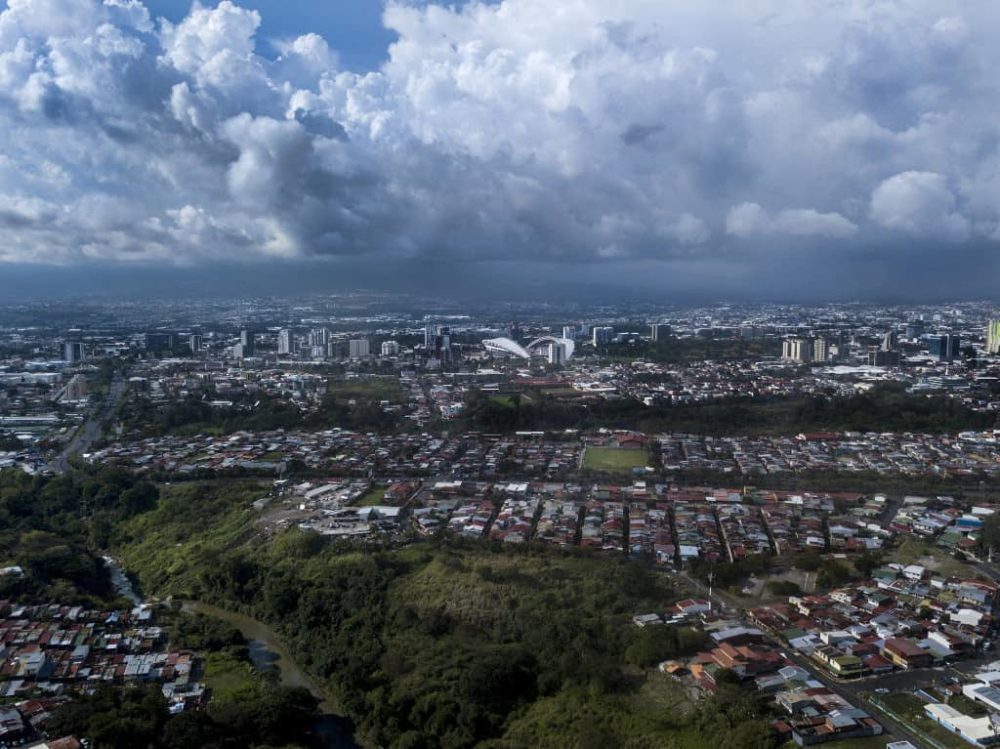Poverty in Costa Rica reached 26.2% of households, the highest level in almost three decades, amid the impact of the Covid-19 pandemic, the official statistical agency reported Thursday.
The poverty index has risen 5.2 percentage points from last year, according to the National Household Survey, carried out in July by the National Institute of Statistics and Census (INEC).
Extreme poverty, meanwhile, reached 7% of households, an increase of 1.2 percentage points since 2019, according to INEC data.
The last time that Costa Rica registered such a high level of poverty was in 1992, when it reached 29.4%.
The statistical agency defines as poor a family whose income is equal to or less than the cost of the basic food basket, calculated at about $80 per person per month. The canasta básica is an established list of staple foods and some non-food necessities considered the minimum required for a family’s survival.
The number of households in this condition grew especially in urban areas, where it stood at 26.4%, compared to 25.5% in rural areas.
The increase in poverty coincides with a sharp increase in unemployment since the start of the pandemic. Unemployment went from 12.3% before March — when the first cases of Covid-19 were detected — to 23.2% in the June to August quarter.
The government created the “Plan Proteger,” which allocates financing to assist families affected by the containment measures of the health emergency.
The INEC household survey also estimated that inequality in income distribution remained at levels similar to those of 2019, with a Gini coefficient of 0.519 on a scale of 0 to 1, where the highest number corresponds to the total inequality.

